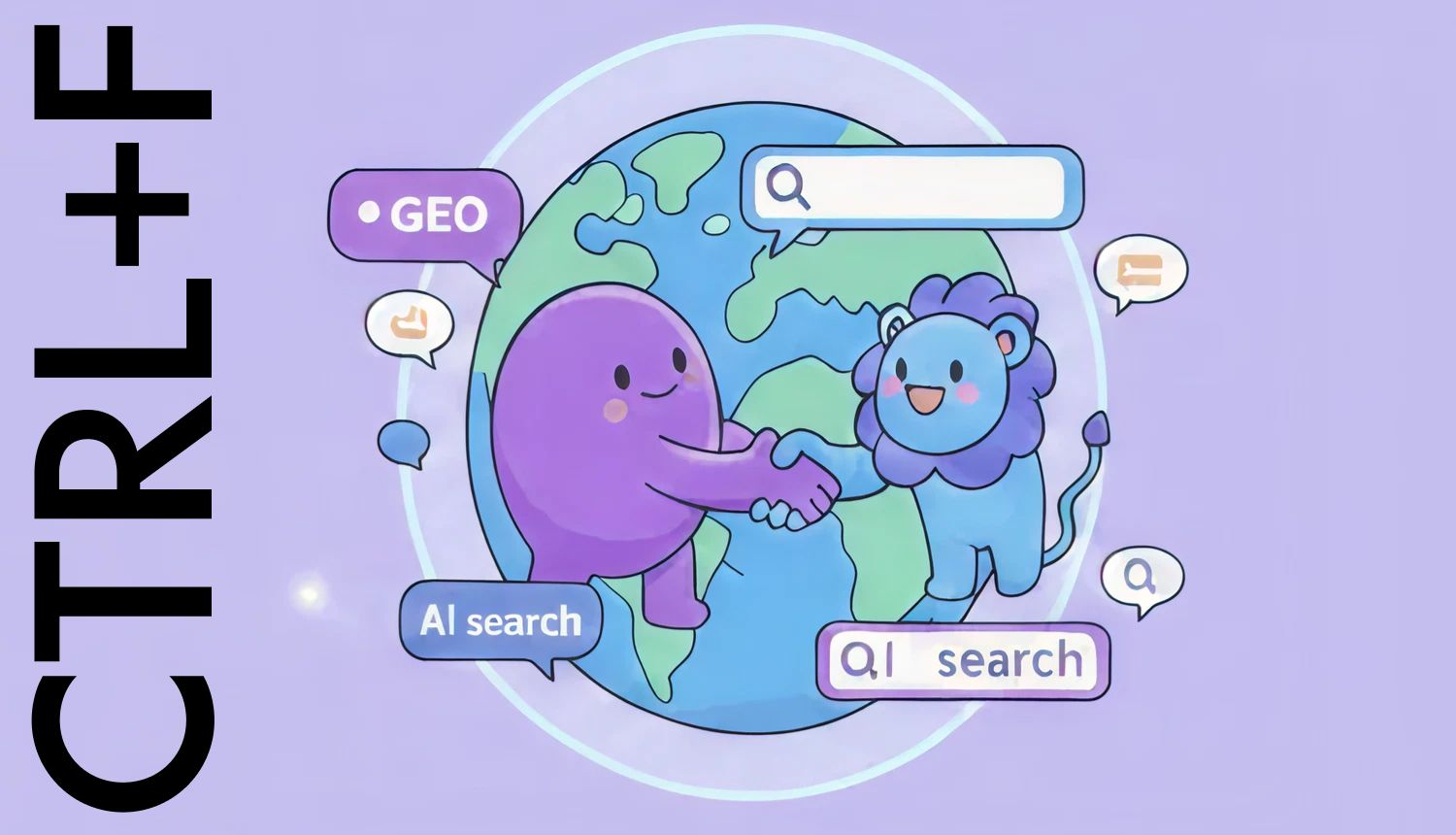Agencies: go from 3-day turnarounds to 3-hour deliveries with the Agency Package.
Agencies: go from 3-day turnarounds to 3-hour deliveries with the Agency Package.

This week’s AI and ad-tech news had a clear theme: the stack is getting more agentic, and more AI-native – from measurement and search to media buying and creative. Here are the stories worth your attention, and what they actually mean for marketers. Listen here or keep reading below.
Adobe has agreed to acquire Semrush in an all-cash deal worth about $1.9 billion, paying $12 per share, a hefty premium over its pre-announcement trading price. The acquisition is expected to close in the first half of 2026, pending regulatory and shareholder approvals.
Semrush is best known as an SEO and brand visibility platform, but Adobe is explicitly framing this as a bet on generative engine optimization (GEO) – optimizing how brands show up in AI assistants and agents, not just search results. The company has already been building GEO tools that help marketers track and improve visibility across engines like ChatGPT, Claude, Copilot, Grok and Perplexity alongside traditional search.
Adobe says its own analytics have seen AI chatbots driving more than 10x year-on-year growth in traffic to some retail sites, as consumers increasingly use AI tools to research, compare and buy. The plan is to integrate Semrush’s capabilities into Adobe Experience Cloud products such as Adobe Experience Manager, Adobe Analytics and newer offerings like Adobe Brand Concierge.
Why it matters
Google has launched Nano Banana Pro, a new AI image-generation and editing model built on Gemini 3 Pro. The model offers significantly higher quality and more control than the original Nano Banana model, which was part of the earlier Gemini 2.5 Flash Image framework.
Key upgrades include:
Nano Banana Pro is being rolled out widely across Google’s ecosystem: it’s available via the Gemini app, Search’s AI mode for AI Pro and Ultra subscribers in the U.S., integrated into Google Slides and Vids, accessible in Flow for video, and exposed to developers through the Gemini API, Google AI Studio and the new Antigravity IDE.
For safety and transparency, Google is embedding SynthID watermarking and moving toward broader support for C2PA content credentials, allowing users to check whether an image was created or modified by Google’s models.
Why it matters
According to Adweek, Yahoo is quietly testing six AI agents built into its demand-side platform, designed to help advertisers set up, optimize and troubleshoot campaigns with far less manual work.
The agents being trialed include:
These bots can respond conversationally and, with user consent, take actions directly in the DSP rather than just suggesting changes. A limited group of clients is testing them now, with broader rollout planned for early 2026.
Yahoo is framing its approach as “Yours, Mine, and Ours”: advertisers can use Yahoo’s native agents, bring their own custom AI tools, or run both together. This is enabled via Model Context Protocol (MCP), allowing external agents to securely call Yahoo DSP APIs and collaborate with Yahoo’s built-in agents inside the same workflow.
Why it matters
In Marketing Week, strategist Tom Roach shared new research conducted with System1 and Jellyfish that challenges the “AI ads are slop” narrative. They tested 18 AI-assisted video ads – including well-known campaigns like Coca-Cola’s AI-enhanced “Holidays Are Coming” – against System1’s database of 123,000+ ads.
Headline findings:
The team also ran the ads through Jellyfish’s Share of Model platform to see how large language models responded. LLM scores tended to be higher on average but correlated reasonably well with human results, pointing toward a future where marketers will optimize creative for both human emotional response and how AI models interpret and surface brands.
Why it matters
Across these stories, a pattern emerges:
Not a bad week for anyone building the future of marketing, creative ops, or ad tech.